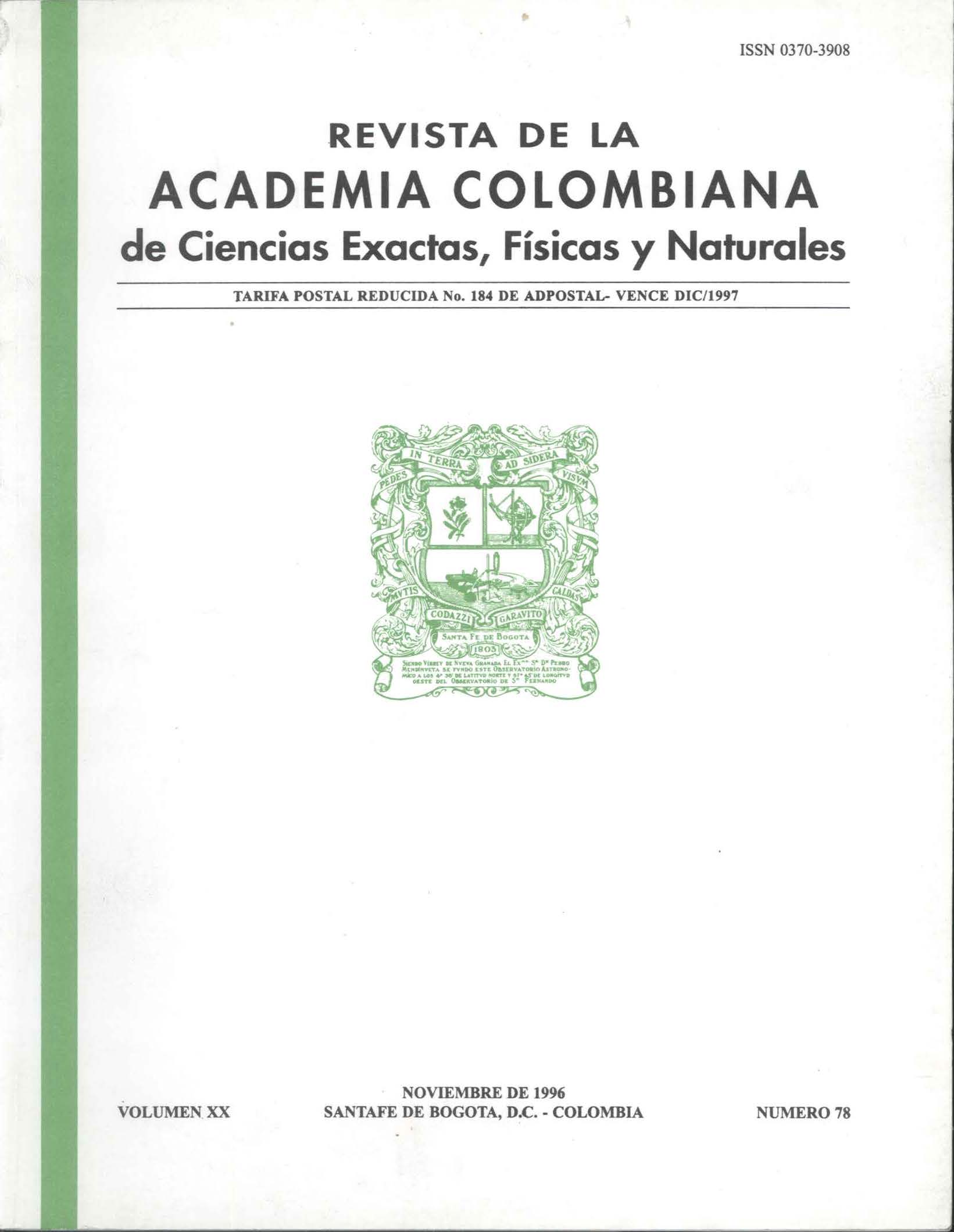Abstract
Sixteen physico-chemical factors of inmature stages breeding places of 73 localities from of Southem South America (Brazil 2, Uruguay 1 and Argentina 70) were analyzed considering also the species and endemism areas of Simuliidae species. Two data matrix with 73 localities and 19 variables and 39 species respectivelly were summited to multivariate similar analysis: Cluster Analysis and P.C.A.; complementary results were obtained based on biogeographic and habitat data. Information overlapped on maps, gave with the first data matrix two big groups with three subgroups each one and a small third conjunct without grouping: the A group corresponding to the tropical and subtropical faune that includes northern of Argentina, south-eastem of Brazil and western of Uruguay areas, and the B group corresponding to the austral and occidental faune including Patagonia and Cuyo subandean mountains. Through the second matrix appear three groups well differenciated and another fourth not grouped: A on the lower tropic area of northeastern, B on higher occidental tropic on Yungas realm that extend to the south by the center and west over Monte area until northern Patagonia and southern Pampas and C group on southwestern on Subantarctic realm. In synthesis, is evident the presence of two well differenciated faunes: one tropical another subantarctic. The comparison betwen ecological characters and endemism areas of Simulium species shows a great concordance. An analysis of each environmental factor and distribution of simuliids is made trying to infere the influence of each factor on the species presence. Based on the analyzed information we expose an hypothetic possible future increment areas of distribution of sanitary importance species.

This work is licensed under a Creative Commons Attribution-NonCommercial-NoDerivatives 4.0 International License.
Copyright (c) 2024 Revista de la Academia Colombiana de Ciencias Exactas, Físicas y Naturales





